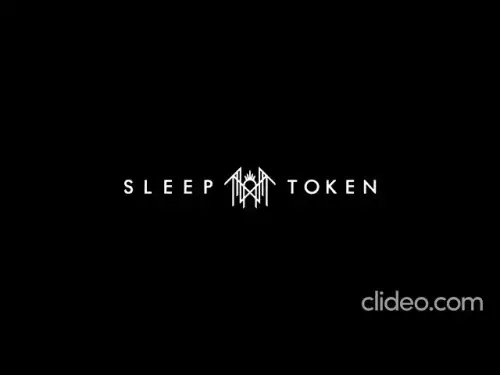-
 Bitcoin
Bitcoin $112200
0.96% -
 Ethereum
Ethereum $4310
0.64% -
 XRP
XRP $2.978
4.28% -
 Tether USDt
Tether USDt $0.9999
-0.02% -
 BNB
BNB $877.9
0.29% -
 Solana
Solana $215.6
6.68% -
 USDC
USDC $0.9997
-0.02% -
 Dogecoin
Dogecoin $0.2387
7.54% -
 TRON
TRON $0.3316
0.73% -
 Cardano
Cardano $0.8633
4.49% -
 Hyperliquid
Hyperliquid $50.46
7.52% -
 Chainlink
Chainlink $23.01
3.82% -
 Ethena USDe
Ethena USDe $1.001
-0.01% -
 Sui
Sui $3.469
2.94% -
 Stellar
Stellar $0.3750
4.79% -
 Bitcoin Cash
Bitcoin Cash $587.2
-2.71% -
 Avalanche
Avalanche $25.48
4.50% -
 Hedera
Hedera $0.2258
3.79% -
 UNUS SED LEO
UNUS SED LEO $9.548
0.05% -
 Litecoin
Litecoin $112.7
-1.24% -
 Cronos
Cronos $0.2527
-2.26% -
 Toncoin
Toncoin $3.098
-0.03% -
 Shiba Inu
Shiba Inu $0.00001287
4.08% -
 Polkadot
Polkadot $4.037
1.46% -
 Uniswap
Uniswap $9.567
3.02% -
 Dai
Dai $0.9997
-0.01% -
 Ethena
Ethena $0.7735
5.26% -
 World Liberty Financial
World Liberty Financial $0.2077
-7.48% -
 Monero
Monero $271.3
0.38% -
 Aave
Aave $302.8
1.35%
What should I do if the KDJ indicator becomes blunt?
KDJ bluntness in crypto trading signals weakening momentum, often during consolidation—use volume, price action, and higher timeframes to confirm true breakout potential.
Sep 09, 2025 at 04:37 am
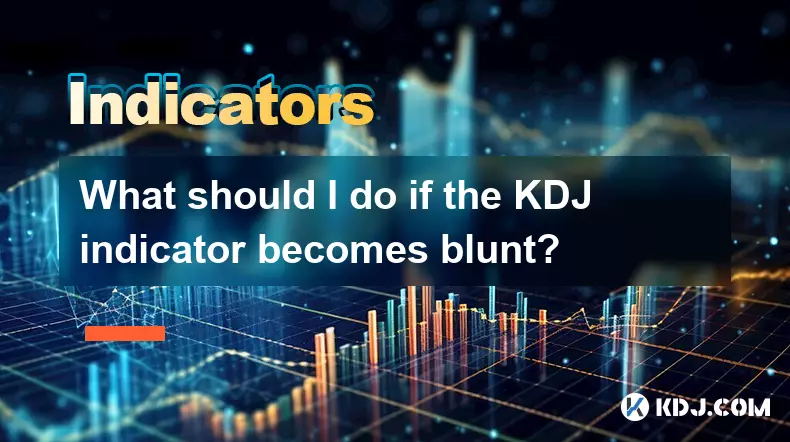
Understanding KDJ Indicator Bluntness in Crypto Trading
1. The KDJ indicator, a momentum oscillator widely used in cryptocurrency trading, measures the relative position of the closing price within a recent high-low range. When traders observe that the KDJ lines—K, D, and J—move laterally or fail to cross with expected vigor, this condition is referred to as 'bluntness.' It often signals a loss of momentum and suggests that price action may be entering a consolidation phase.
2. Bluntness typically occurs during periods of low volatility when market sentiment lacks direction. In the highly volatile environment of the crypto markets, such conditions can emerge after sharp rallies or steep corrections. Traders relying solely on KDJ crossovers may find their signals delayed or ineffective during these phases.
3. A blunt KDJ does not necessarily imply an immediate reversal or continuation. Instead, it reflects uncertainty. During sideways movement in Bitcoin or altcoin prices, the K and D lines may flatten near the 50 level, while the J line oscillates minimally. This behavior reduces the reliability of standard buy or sell triggers based on traditional thresholds like 20 or 80.
4. Recognizing bluntness early allows traders to adjust strategy. One effective method is to compare KDJ readings against volume indicators. If volume declines alongside KDJ flattening, it reinforces the idea of weakening interest. Conversely, rising volume during apparent stagnation might hint at accumulation or distribution before a breakout.
Actionable Steps When KDJ Loses Sensitivity
1. Switch to higher timeframes for confirmation. If the KDJ appears blunt on the 1-hour chart, examine the 4-hour or daily chart to determine whether the current phase aligns with a broader trend. Higher timeframes often provide clearer signals and help filter out noise common in short-term crypto price data.
2. Combine KDJ with complementary indicators. Pairing KDJ with tools like Bollinger Bands or MACD can enhance signal accuracy. For example, if KDJ is flat but price touches the lower Bollinger Band with increasing volume, it may suggest an imminent upward move despite KDJ’s lack of response.
3. Adjust sensitivity settings. The default KDJ parameters (9,3,3) may not suit fast-moving crypto assets. Shortening the period to (6,3,3) or extending it to (14,3,3) depending on market rhythm can restore responsiveness. Backtesting different configurations on historical data helps identify optimal values for specific coins.
4. Monitor divergence patterns. Even when KDJ appears dull, hidden divergences between price and the J line can precede strong moves. A new price low unconfirmed by a lower J reading may indicate underlying strength, offering early entry opportunities before the indicator regains full responsiveness.
Integrating Price Action with Stalled Oscillators
1. When technical indicators like KDJ become less reliable, price action takes greater importance. Candlestick patterns such as bullish engulfing, hammer formations, or ascending triangles can offer trade setups independent of oscillator signals. These structures often emerge clearly during consolidation phases where KDJ remains flat.
2. Support and resistance levels derived from previous swing highs and lows serve as critical reference points. If KDJ is stagnant near oversold territory and price bounces off a well-established support zone, the confluence increases the probability of a valid reversal, even without a classic KDJ crossover.
3. Market context matters significantly. During major news events—such as ETF approvals or regulatory announcements—crypto prices may pause before reacting explosively. In these instances, a temporarily blunt KDJ should not be dismissed as faulty but interpreted as part of a larger buildup phase.
4. Altcoin pairs often exhibit extended periods of range-bound behavior compared to Bitcoin. Applying KDJ to low-cap tokens requires extra caution. Using additional filters like exchange inflows/outflows or on-chain metrics can compensate for reduced oscillator effectiveness.
Frequently Asked Questions
What causes the KDJ indicator to stop giving clear signals?The primary cause is reduced price momentum, commonly seen during consolidation or low-volume trading sessions. In the crypto market, this often happens after rapid price swings when participants pause to reassess value.
Can I still use KDJ during ranging markets?Yes, but with modifications. Instead of relying on crossover signals, focus on extreme readings near 10–15 (oversold) or 85–90 (overbought), combined with horizontal support/resistance levels to improve decision-making accuracy.
How do I know if KDJ bluntness is temporary or a sign of deeper weakness?Evaluate accompanying volume trends and broader market structure. Temporary bluntness usually resolves with a decisive breakout accompanied by rising volume. Persistent flatness across multiple cycles may reflect structural disinterest in the asset.
Disclaimer:info@kdj.com
The information provided is not trading advice. kdj.com does not assume any responsibility for any investments made based on the information provided in this article. Cryptocurrencies are highly volatile and it is highly recommended that you invest with caution after thorough research!
If you believe that the content used on this website infringes your copyright, please contact us immediately (info@kdj.com) and we will delete it promptly.
- Cryptos Primed for Upside Gains in September 2025: Arctic Pablo, MoonBull, and More
- 2025-09-09 09:10:46
- Ethereum, Solana, XRP: Decoding the Latest Crypto Trends
- 2025-09-09 09:10:46
- Dogwifhat, Meme Coin Mania, and Presales: What's the Deal?
- 2025-09-09 09:10:47
- Liberty Seated Dollar, 1870, Harlan Berk: Unveiling a Numismatic Mystery
- 2025-09-09 09:10:47
- OpenLedger (OPEN): Riding the AI and Exchange Listing Wave
- 2025-09-09 09:10:48
- OpenSea's NFT Evolution: Flagship Collection, SEA Token, and Market Dominance
- 2025-09-09 09:10:48
Related knowledge
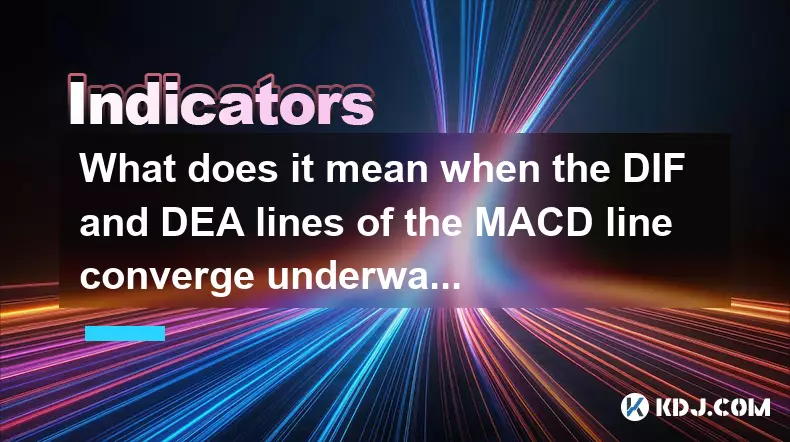
What does it mean when the DIF and DEA lines of the MACD line converge underwater?
Sep 09,2025 at 07:55am
Understanding MACD Components in Bearish Territory1. The MACD indicator consists of three elements: the DIF (Difference), DEA (Signal line), and the M...
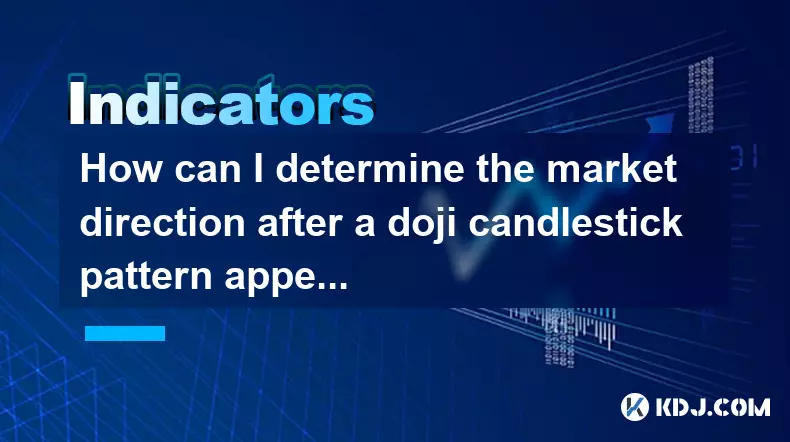
How can I determine the market direction after a doji candlestick pattern appears?
Sep 09,2025 at 05:37am
Understanding the Doji Candlestick in Crypto Markets1. The doji candlestick is a critical formation that signals indecision between buyers and sellers...
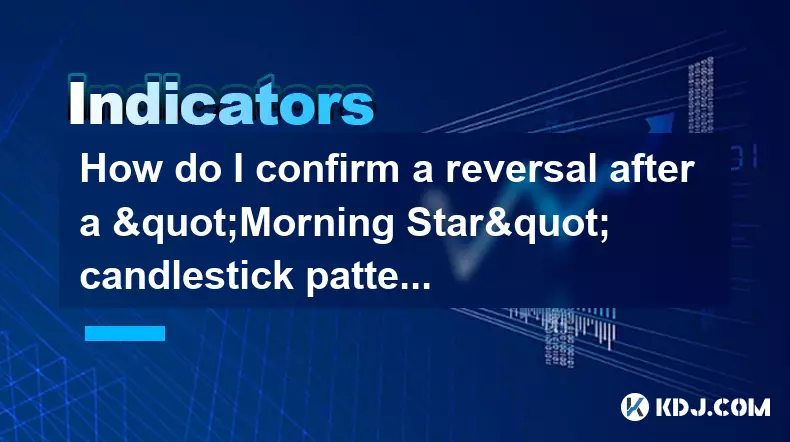
How do I confirm a reversal after a "Morning Star" candlestick pattern appears?
Sep 09,2025 at 05:19am
Understanding the Morning Star Candlestick Pattern1. The Morning Star is a bullish reversal pattern that typically forms at the end of a downtrend. It...
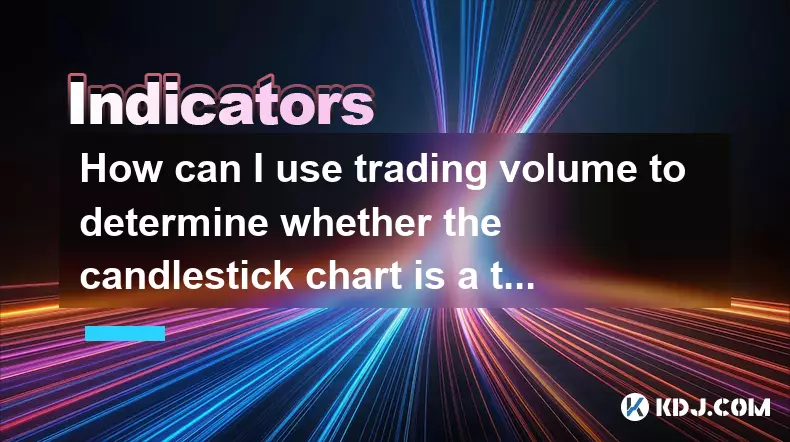
How can I use trading volume to determine whether the candlestick chart is a true breakout or a false breakout?
Sep 09,2025 at 06:18am
Understanding Breakouts in Candlestick Charts1. A breakout occurs when the price of a cryptocurrency moves beyond a defined support or resistance leve...
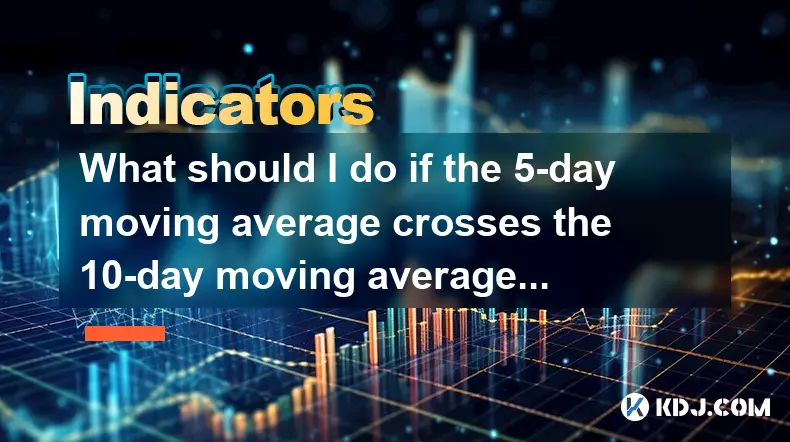
What should I do if the 5-day moving average crosses the 10-day moving average?
Sep 09,2025 at 07:01am
Understanding Moving Average Crossovers in Crypto Trading1. A moving average crossover occurs when a shorter-term moving average intersects with a lon...
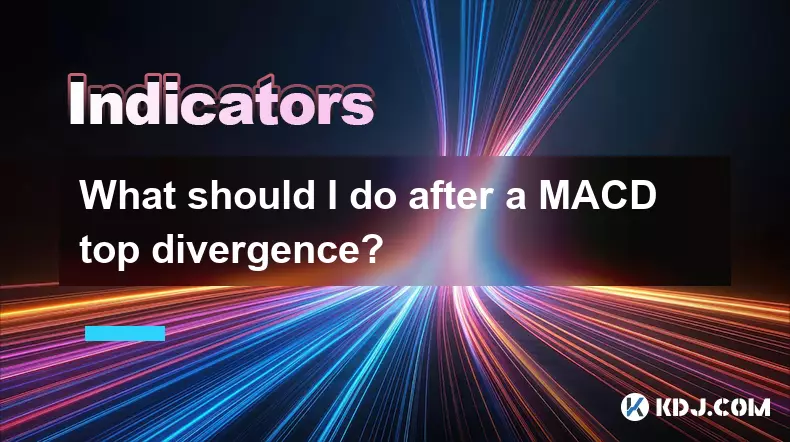
What should I do after a MACD top divergence?
Sep 09,2025 at 05:55am
Understanding MACD Top Divergence in Crypto Trading1. MACD top divergence occurs when the price of a cryptocurrency reaches a new high, but the MACD i...

What does it mean when the DIF and DEA lines of the MACD line converge underwater?
Sep 09,2025 at 07:55am
Understanding MACD Components in Bearish Territory1. The MACD indicator consists of three elements: the DIF (Difference), DEA (Signal line), and the M...

How can I determine the market direction after a doji candlestick pattern appears?
Sep 09,2025 at 05:37am
Understanding the Doji Candlestick in Crypto Markets1. The doji candlestick is a critical formation that signals indecision between buyers and sellers...

How do I confirm a reversal after a "Morning Star" candlestick pattern appears?
Sep 09,2025 at 05:19am
Understanding the Morning Star Candlestick Pattern1. The Morning Star is a bullish reversal pattern that typically forms at the end of a downtrend. It...

How can I use trading volume to determine whether the candlestick chart is a true breakout or a false breakout?
Sep 09,2025 at 06:18am
Understanding Breakouts in Candlestick Charts1. A breakout occurs when the price of a cryptocurrency moves beyond a defined support or resistance leve...

What should I do if the 5-day moving average crosses the 10-day moving average?
Sep 09,2025 at 07:01am
Understanding Moving Average Crossovers in Crypto Trading1. A moving average crossover occurs when a shorter-term moving average intersects with a lon...

What should I do after a MACD top divergence?
Sep 09,2025 at 05:55am
Understanding MACD Top Divergence in Crypto Trading1. MACD top divergence occurs when the price of a cryptocurrency reaches a new high, but the MACD i...
See all articles

























